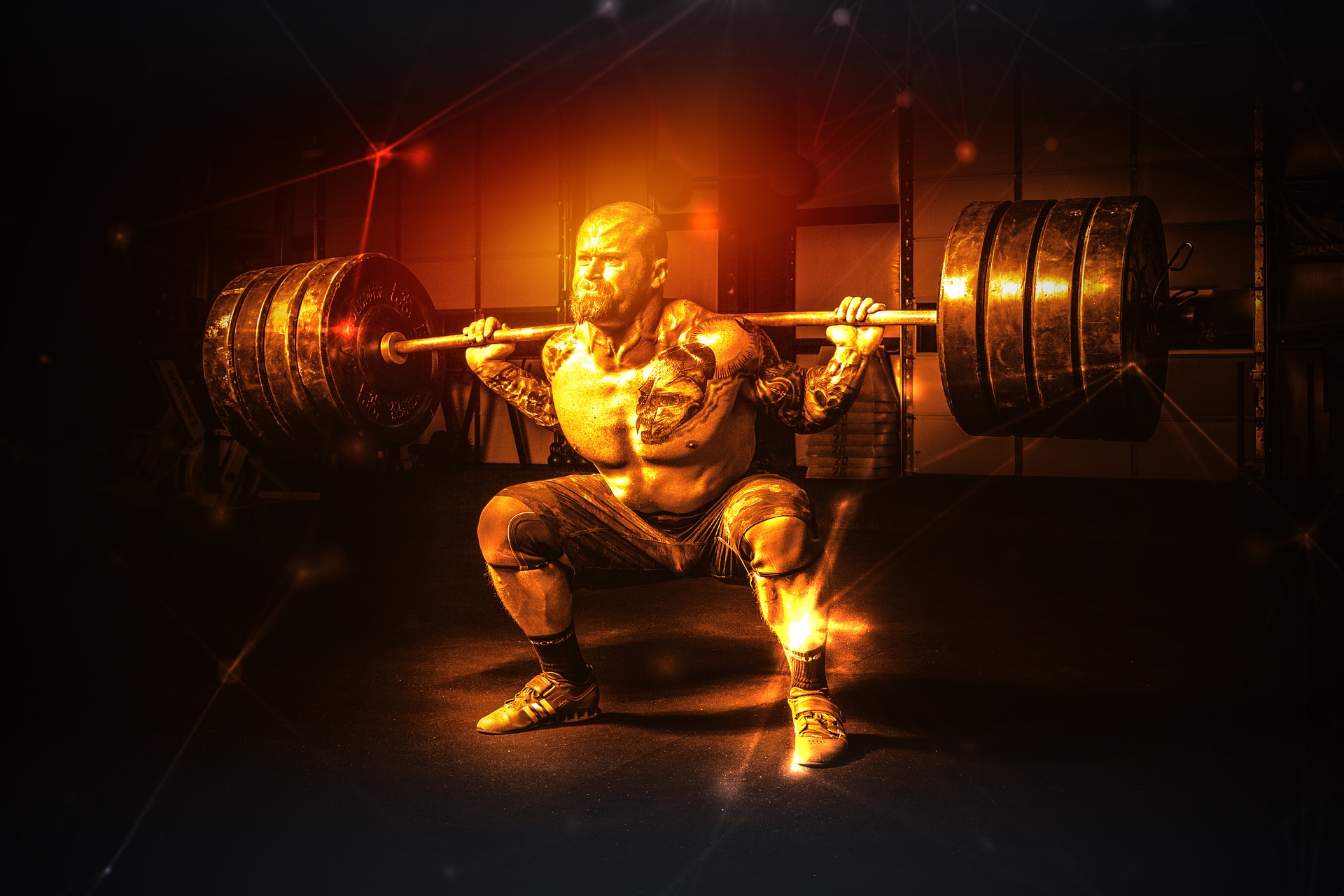
Private Coaching
Private Coaching with Coach Dillon you will learn the The Key Elements Of Quarterbacking and much more!
Although it’s important to train as a team in the off-season, quarterbacks require a specialized program to develop the skills they need to excel at the position throughout the year. Quarterback training has exploded in the last decade, and private quarterback coaches can now be found across the country, developing players whose skill levels range from top NFL prospects to elite high school competitors.
But not all quarterbacks have the luxury of working with a private instructor. Most rely on their head coach to create an off-season program catering to their position-specific needs. What are those needs? Here are the many essential elements of an off-season quarterback development plan.
Sign up for a Private Coaching session today!.





